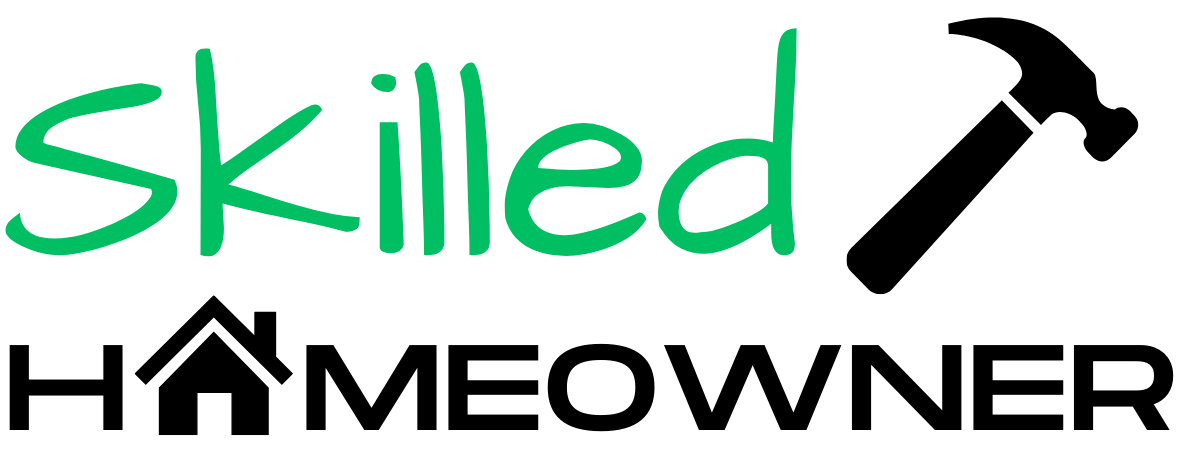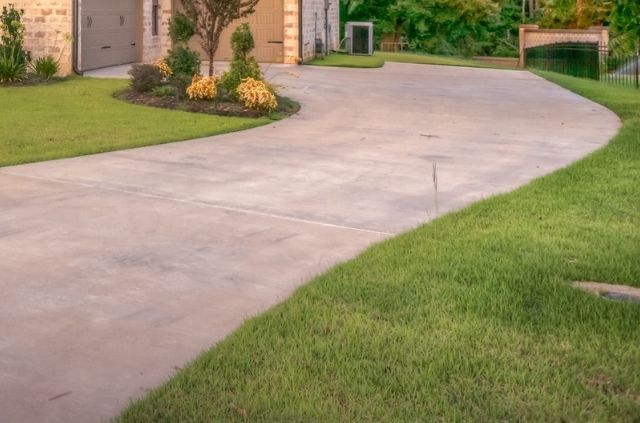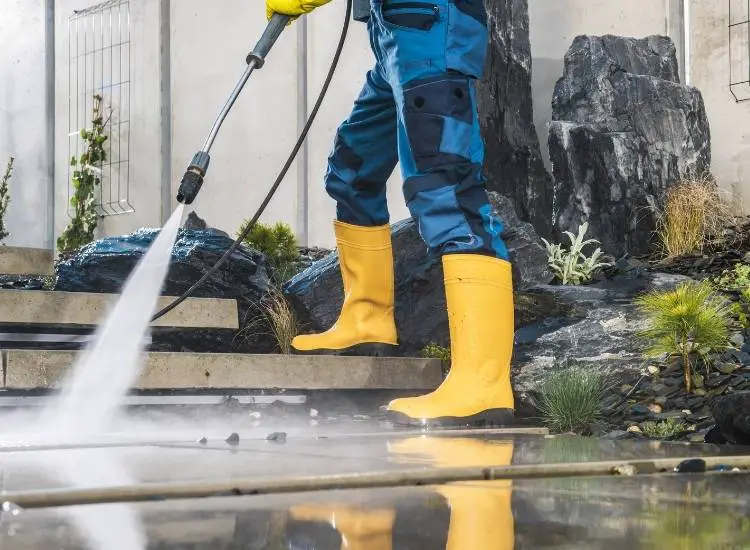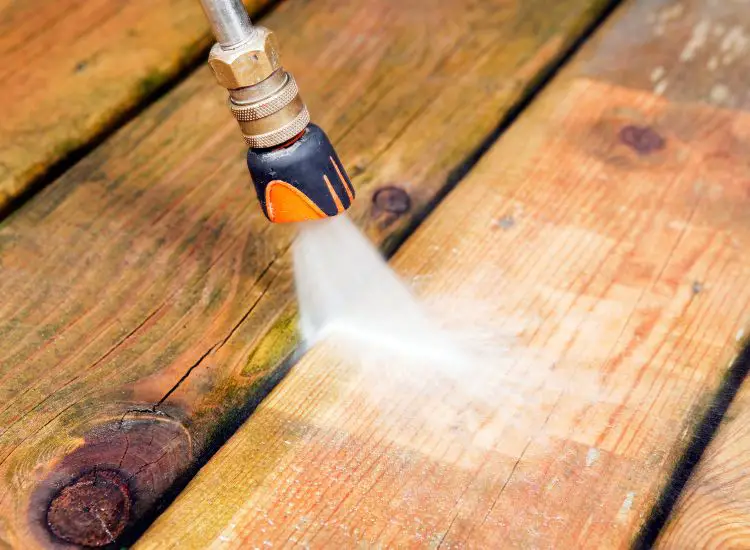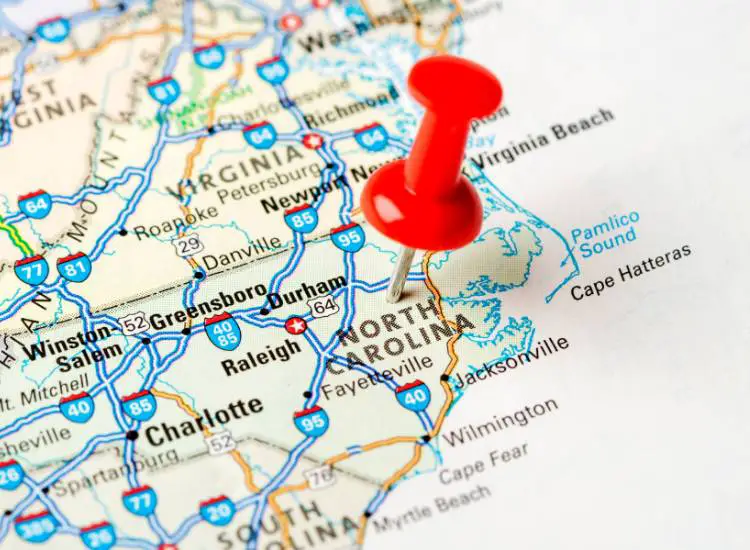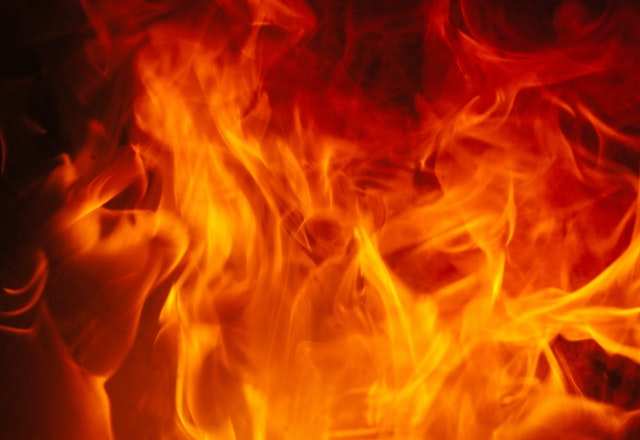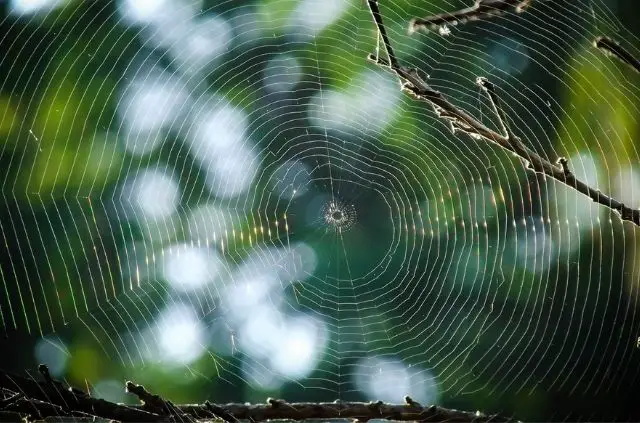Pressure Washing Limestone: A Step-by-Step Guide
Pressure washing is one of the best ways to clean your outdoor living space. The powerful machine allows you to remove algae, mold, and mildew in a matter of seconds. When it comes to pressure washing limestone around the exterior of your home, using a surface cleaner is the most effective method.
Pressure washing limestone is not a complicated process. It involves clearing out the area to make room for a surface cleaner, before using a detergent in order to help remove all of the contaminants. Don’t forget to map out the area ahead of time to figure out what kind of tools and equipment you will need.
How to Pressure Wash Limestone
Make sure to follow all of the steps listed below if you want to pressure wash limestone correctly. If you don’t have a surface cleaner, I would highly recommend investing in one. These pressure washing attachments only cost a couple hundred dollars, but they make the cleaning process so much easier.
1. Clear the Work Area
Before pressure washing a limestone surface, you will need to clear the work area. The last thing you want during the cleaning process is to be slowed down from all the stuff in your way. Chances are you are pressure washing a limestone patio, or other similar outdoor surface. If this is the case, you will need to remove anything on the ground.
Put away lawn furniture, gardening tools, and anything else you find outside. You don’t want to work around any of these object, because some of them can be large enough to negatively impact your results. And if you own a pressure washing business you need the customer to be happy. You also don’t want to cause any damage to these items.
2. Gather Your Equipment
Using the right equipment will make pressure washing limestone a much more efficient process. You will need a pressure washer, surface cleaner, detergent, buckets, and a brush. Everyone has their own approach when it comes to cleaning, so you might find that these are not enough supplies, or they are even too much for the job.
The most important thing is being prepared before you start. You don’t want to begin pressure washing only to realize that you don’t have the correct size extension hose. Some machines come with a short hose from the factory and it can be annoying to work around this flaw. The best thing to do is map out the location, to figure out what you need.
3. Use Sodium Hypochlorite
Even though pressure washers do an amazing job at removing dirt from surfaces, sometimes they can use a little extra help (water can only do so much). That’s where a cleaning solution can help. Most people familiar with pressure washing will use a chemical called sodium hypochlorite. Hypochlorite is the active ingredient in bleach.
You can find sodium hypochlorite at your local pool supply store. This chemical is famous for removing stains out of fabrics and making clothes white again. But it can also be used to clean pools and surfaces like limestone. When used correctly, sodium hypochlorite can removing stubborn stains and areas covered with mold and mildew.
4. Try a Surface Cleaner
Once you have sodium hypochlorite or another kind of cleaning agent, it’s time to pressure wash the limestone. The fastest and most efficient way to clean limestone is to use a surface cleaner. This device gets attached to the end of your pressure washer wand using a quick connect. It moves around on the ground just like a vacuum.
However, water is being sprayed from the bottom at a high rate for maximum washing power. What makes a surface cleaner better than the standard wand is the ability to clean evenly. If you try to pressure wash a flat surface with the wand, it will leave ugly streaks and marks. You won’t have this problem with the unique design of a surface cleaner.
5. Clean the Edges
A surface cleaner can be a very useful tool for removing dirt on limestone and other similar ground surfaces. But at the same time this attachment isn’t perfect. You will still need to touch up the limestone at the end with the pressure washer wand. Because a surface cleaner is large in size, it lacks the ability to clean edges properly.
You can still clean a majority of a limestone patio with the surface cleaner. But when you’re done the edges will need to be touched up with a pressure washer wand. Use a 15 degree nozzle attachment to clean the edges safely. Anything smaller will be too aggressive and could damage the limestone. And a larger nozzle will have too big of a spray patter.
Pressure Washing Limestone Tips
Wear Safety Equipment – Some people think that spraying water out from a hose isn’t dangerous. The truth is that you need to wear proper safety equipment when taking on this project. Protect your eyes with safety googles and wear a face mask so you don’t breathe in any cleaning chemicals. You should also wear long clothing to protect your skin.
Find the slope – It doesn’t matter what kind of ground surface you’re cleaning, it always helps to start at the top. It’s rare to find a perfectly level patio, because most will have some kind of slope. You need to clean the highest part of this slope first to make things easier. If not, you will be constantly fighting with water as it makes its way down to you.
Work in small sections – Pressure washing areas in small sections at a time will keep things simple. Don’t try to bite off more than you can chew, as it will only stress you out and complicate things. Imagine a small box in front of you on the ground and focus on that area. Repeat this process across the entire surface you’re working on for professional results.
Follow a pattern – In addition to working in small sections, you also want to clean in an easy-to-follow pattern. This will keep the results even and consistent. Skipping sections and rushing the job can leave the area with ugly lines, streaks, and other eyesores. Avoid random motions and slowly work your way across the entire surface of the limestone.
Final Thoughts
Pressure washing a limestone surface can easily be done by a do-it-yourself type of person. Just remember to set out a couple hours of time to complete this project, if you’ve never done it before.
Using a surface cleaner will be the most efficient way to clean flat limestone surfaces, because the results will be immaculate. The machine will produce even results that are streak free.
If you’re pressure washing another surface like a wall for example, you will not be able to use a surface cleaner. Use the standard wand attachment and work in a consistent manner so you can leave even results.
Further Reading
Search Terms
- Pressure washing limestone
- How to pressure wash limestone
